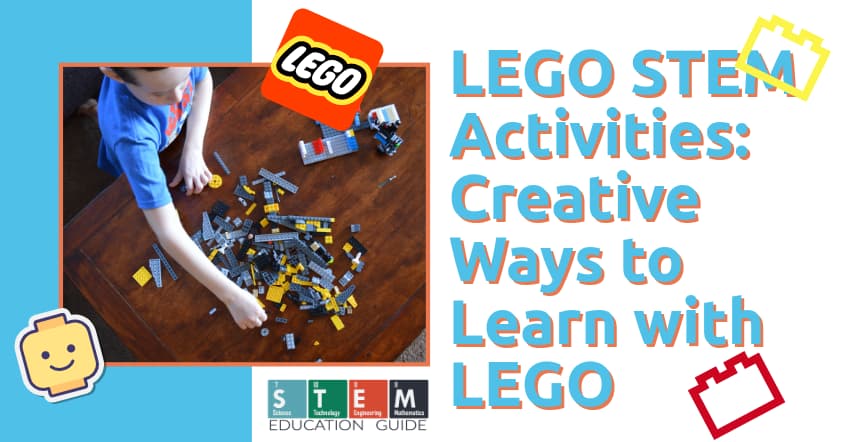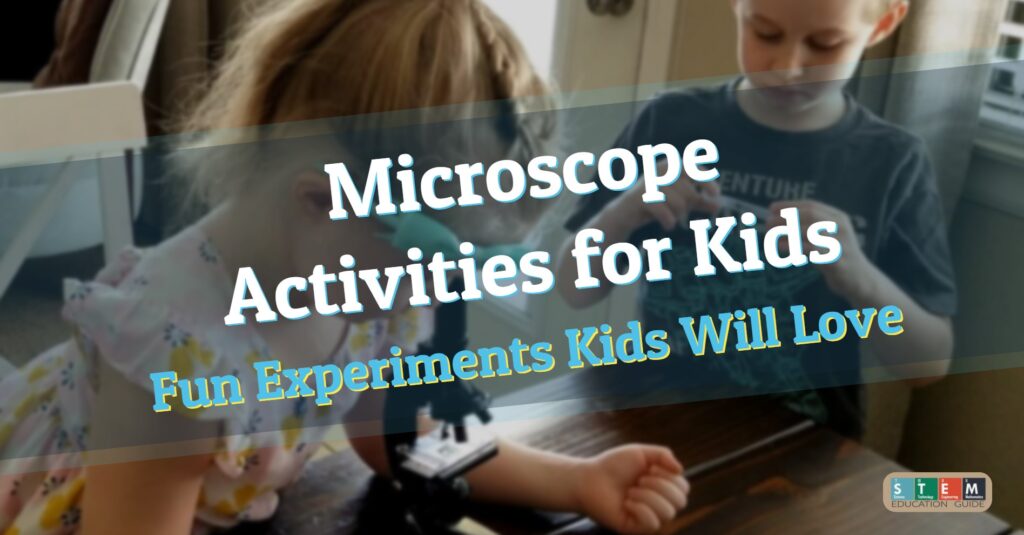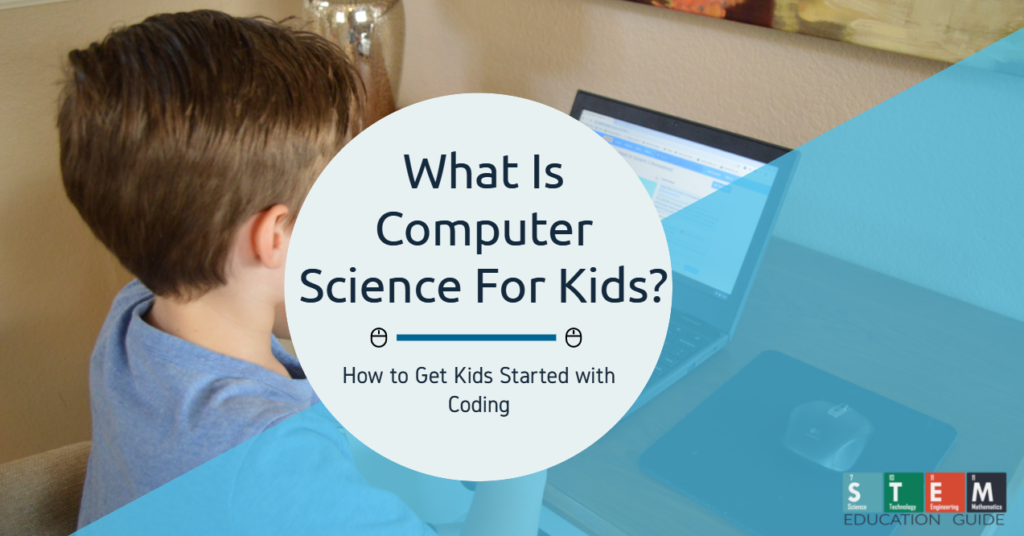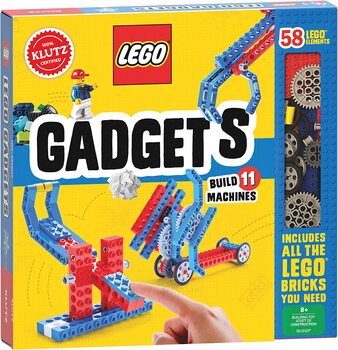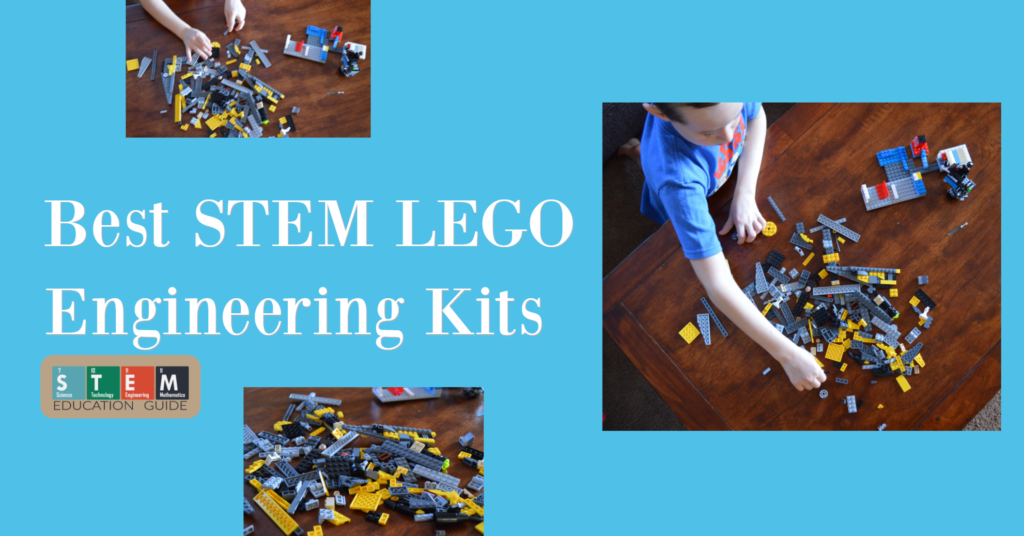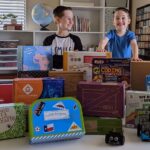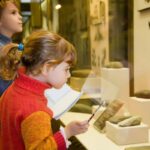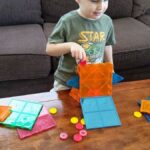Using Legos is a great way to add a STEM touch to your child’s fun and learning experiences!
If you’re like my family, you probably already have tons of Legos at home. (Just waiting to get stepped on, haha). Be it from unfinished building kits, spare pieces, or anything else!
For those of you with little ones or those who do not have fine motor skills nailed down yet, using Legos (or the larger Duplos) provides an additional benefit to using them in STEM activities!
We’re going to break down how to learn with Legos into four main categories, Science, Technology, Engineering, and Math (STEM).
So, read on to see how you can integrate Legos and STEM activities into your child’s (and family’s) life!
Table of Contents
Lego Science
Build a Cell
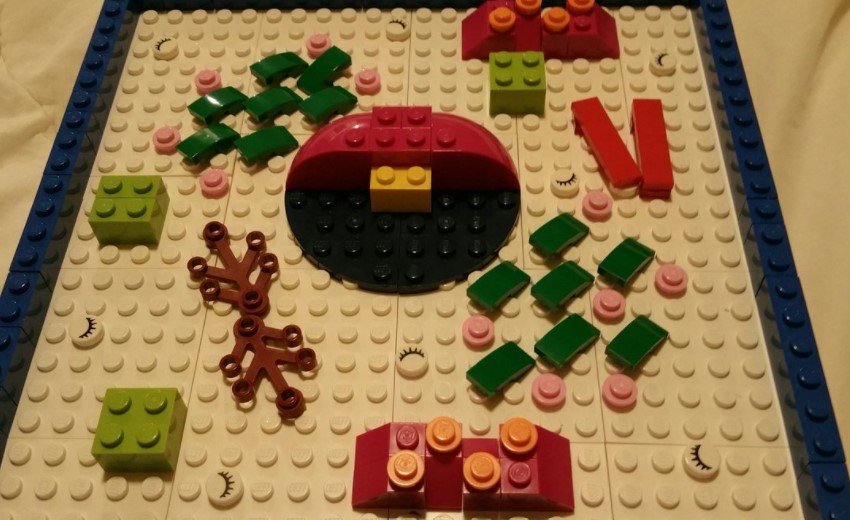
Think of when you needed to learn the parts of a cell. Be it for a plant or an animal. More than likely, it was a black-and-white illustration with lines for you to label the parts.
That is not very exciting, nor is it very engaging. Now, think about how using can change those lessons and provide a child with a lasting, meaningful experience!
By taking various pieces of Legos, a cell replica can be made. The Legos can be of various sizes and shapes, as well as colors.
Take the time to look at an illustration of a plant or animal cell and identify the type of Lego that would best match a part of the cell.
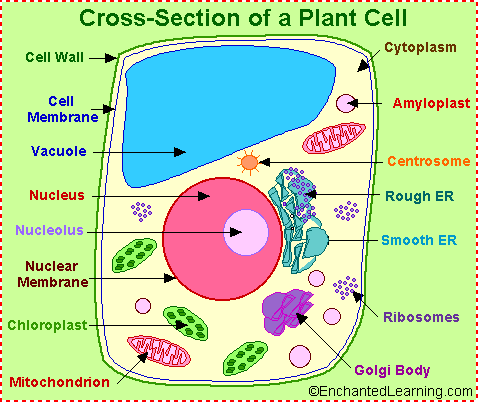
For example, when constructing a cell wall for a plant cell, using Legos that have straight, long sides would work better than other shapes. A child can then practice labeling and identifying the different cell parts with a fun visual to help them learn.
Adding the kinesthetic element helps those hands-on learners make a physical connection to the cells they are learning about!
Soil, Sand, and Gravel
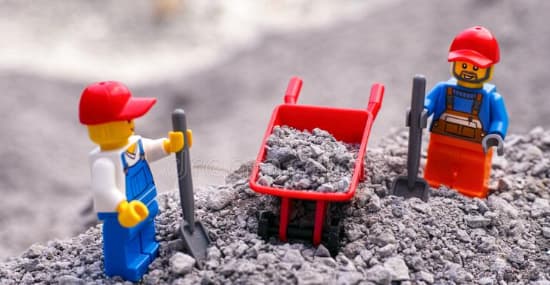
Another fun and interactive way to learn using Legos is to create a design where kids can experiment with what they feel would be the best to help filter through different materials.
Let’s say your child creates a landscape of some sort using various types, sizes, and shapes of Legos to simulate land.
Then, add something like sand, gravel, or soil to it. Next, simulate rain or flooding to see what will happen to the sand, gravel, or soil. Did a particular type of material work better under wet conditions than others?
Have fun with a little trial and error in this hands-on (and possibly messy) good time!
Glacier Ice Rescue
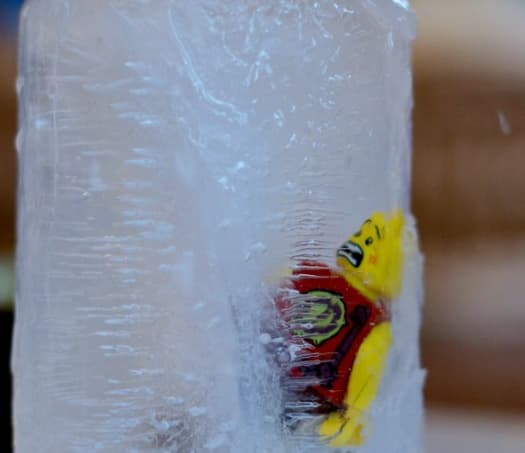
This next activity is great for younger learners, but even some bigger kids may enjoy this, especially on a hot day! However, it is essential to note patience and safety are critical for this STEM activity.
Have your child create a Lego mountain. Adding things like Lego animals or people or other Lego pieces is strongly encouraged too. After creating it, place it in a tub of water that you will then freeze.
This is going to help replicate a frozen mountaintop!
After it is frozen, take the mountain out of the tub or container. Then, this is where the fun really takes off!
First, observe what happened to the mountain with the water freezing. Did it change shape? Did any pieces “break” off? What happened to any animals or people in the Lego mountain?
Next, demonstrate how melting ice can impact the mountain. This can be done by setting the icy mountain outside in the sun or using a hairdryer inside (always have an adult to supervise).
Again, have your child make predictions and observations as to what happens as the ice melts. What is changing? Where is the melted ice going?
Are the animals or people able to safely make it down the mountain, or would they need special help?
Learning and testing microscopes is a great way of exploring the unseen world around you. Please take a look at our article, Microscope Activities for Kids – Fun Experiments Kids Will Love.
Lego Technology
Virtual Builds
What about those kids who cannot build with the physical blocks or want to get a visual of something before creating? Lego has the Digital Designer that can be downloaded on computers!
The upside is this is entirely free from Lego. A major plus is that LEGO just updated this program to 2.0. The old Lego Digital Designer stopped being updated a while ago.
I can confirm the lego Digital Designer program worked on my Windows 10 computer, and my laptop running Ubuntu.
There are other virtual building block sites out there if the Legos Digital Designer is not working properly for your family. Toytheater is another program that doesn’t require any download to use.
Coding
Learning to code is all the rage right now. It is a topic of interest for kids (and adults) of all ages.
If your children want to get into coding, scroll through our list of coding articles on our site, Coding for Kids.
While Lego doesn’t seem to have a dedicated coding robot or coding set, there are many different robots that are dedicated for learning to code for kids. These are in the spirit of Lego, but not made by the company.
I have a list of fantastic coding robots you can check out in our article here.
Of course, the older kids’ set is more intricate, but the one for the younger kids helps provide a spark and direction to enter the world of coding!
Lego Engineering
Sometimes, kids want to be creative, but they do not know where or how to start. This is where the Lego Engineering Kits come in! Now, some give you a specific item to create, like a race car or a stunt car. Lego has some kits that come with everything needed to get started.
Not only does this kit come with everything needed to create a variety of items, but it comes with detailed instructions.
Water Wheel/Car Wash
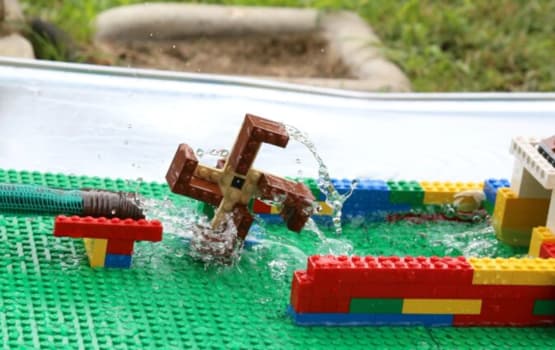
Do you have a child that loves their little die-cast cars? Do you also have a child that loves water? Perhaps making a Lego water wheel and car wash is the perfect way to blend those loves with an added element of STEM!
Be sure to have a base that can trap water (like a pan with edges) before building the car wash. The great thing about this activity is a wash can be as long or short as wanted.
Does your child want to make the car wash have a pre-rinse spot, then a spot for soap, and then a spot to rinse? Go for it! Create a fun and wet STEM project that can be used in the future.
At any time the child wants to clean up their cars, they can take out the car wash, or they can reassemble it.
When they reassemble the car wash, they can make improvements from previous attempts. Asking your child what worked best in other tries, and how they could improve parts, among other questions, are all great ways to not only get them building but get them THINKING!
Lego Math
Number Line, Addition, and Subtraction Practice.
For younger ones learning numbers does not need to be boring. Adding Legos into learning math is a great hands-on approach. The great thing about number lines is that you can have them go on as long as you would like.
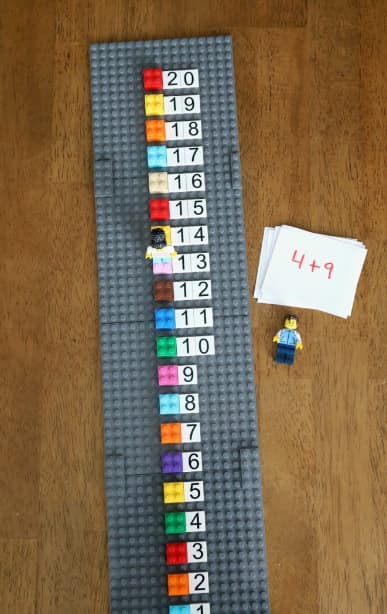
Simply make a long line of same-sized blocks and label their sides with numbers. Your child can help recall the numbers as you write them or if you are confident in their writing ability, they can write the numbers.
Kids can then practice assembling the number line in order. After assembling it, they can use a Lego person to “mark” or stand at different spots on the number line. This way, the child can have another visual for their numbers!
For those children who know their numbers, an interactive Lego number line can help a child with addition or subtraction.
For example, if a child is trying to solve 3 plus 4, they would start their Lego person at the 3, and then they would move the person 4 “steps” forward, where they would land on the 7. Then they know 3+4=7.
The same can be said with negative numbers! Thermometers are great, but is it reasonable to see negative temperatures on a thermometer in the middle of a heatwave? No way!
Creating a number line where the blocks go both positive and negative can also be achieved.
Again, if a child can create a visual to help understand a math concept, they are more likely to have a better and more in-depth understanding of the topic!
Lego Balance
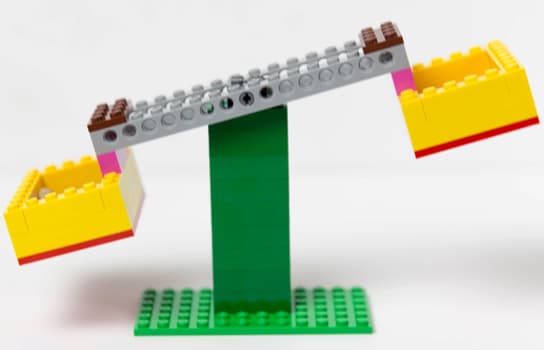
When talking about weight, Legos can be used! Kids can create a balance with legos. After creating the balance, kids can practice and explore weighing a variety of items. This can help them understand the concept of greater than, less than, and equal to.
Often in school, kids see IMAGES of items that are weighed, but when have they ever had the chance to CREATE a balance and use it? This is a fun way of seeing it in action.
Wrapping Up Using Legos in STEM
Legos are amazing. Yes, you can buy them and make fun items and models from kits, but there is so much more to them! Take any of those old partial kits stuffed somewhere on a back shelf and take them out. Combine them with any others you may have.
Then let your kids CREATE! Legos can be integrated into just about any subject or interest a child has. Plus, time together creating things with Legos is an excellent opportunity to spend family time together!
For more Lego fun, please take a look at our article, Best STEM LEGO Engineering Kits. This is for kids that love to build!

